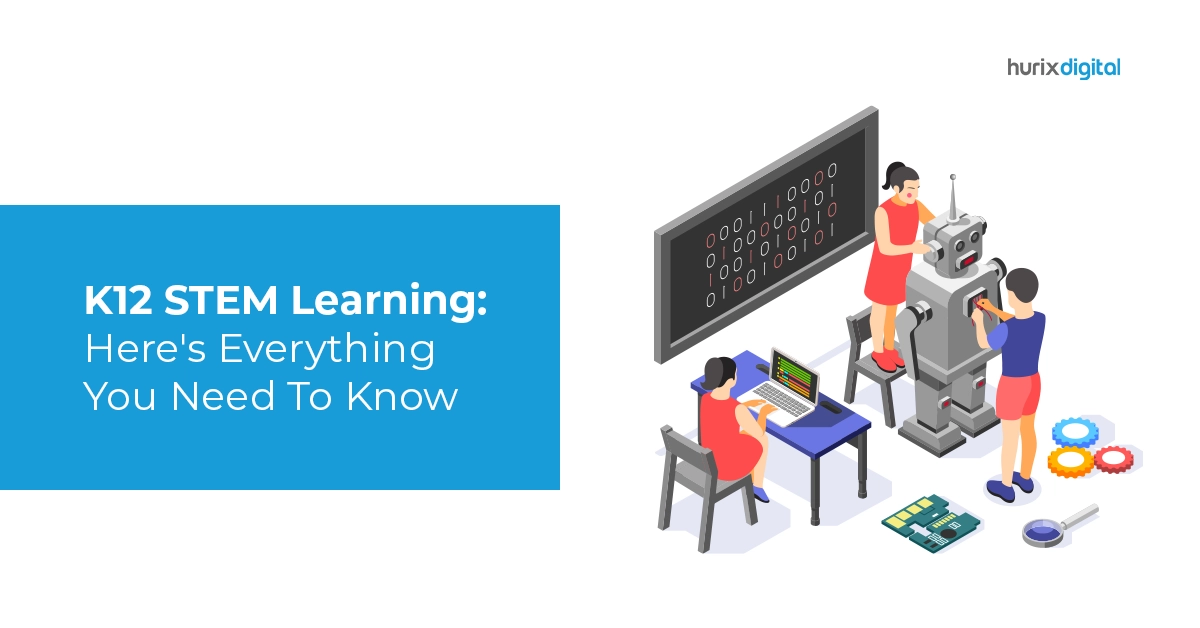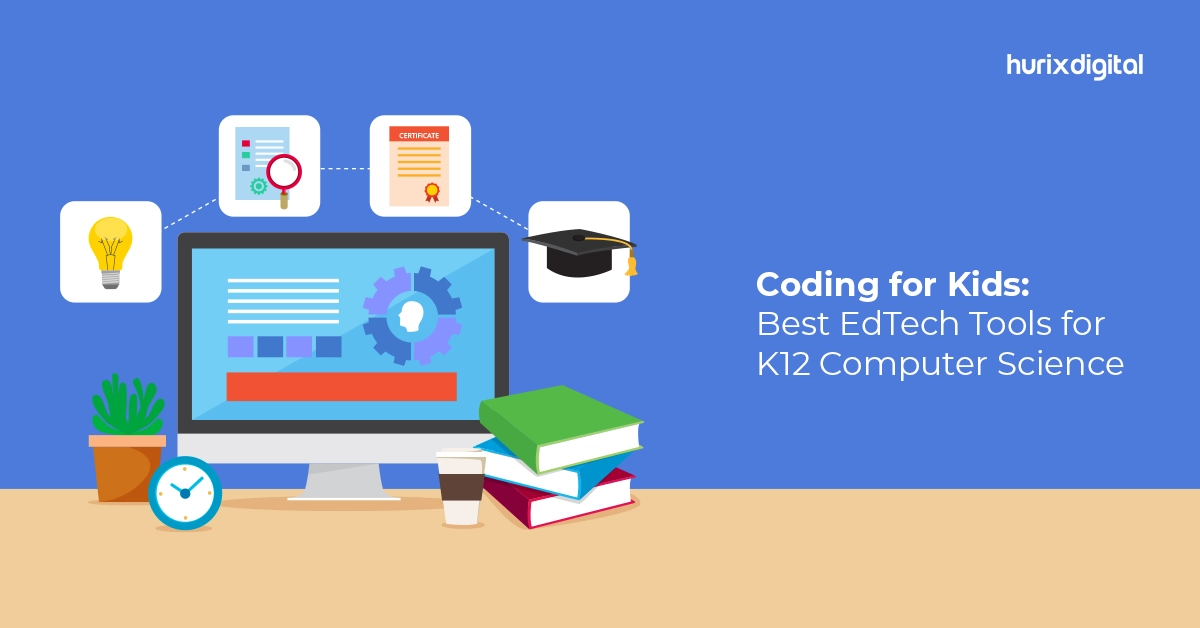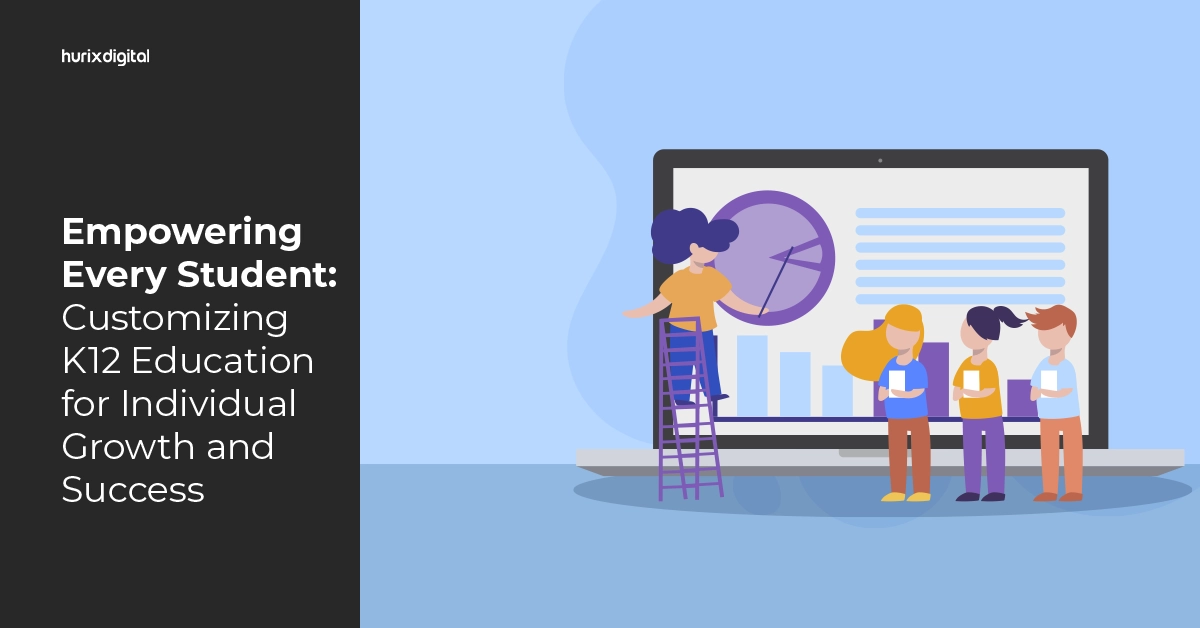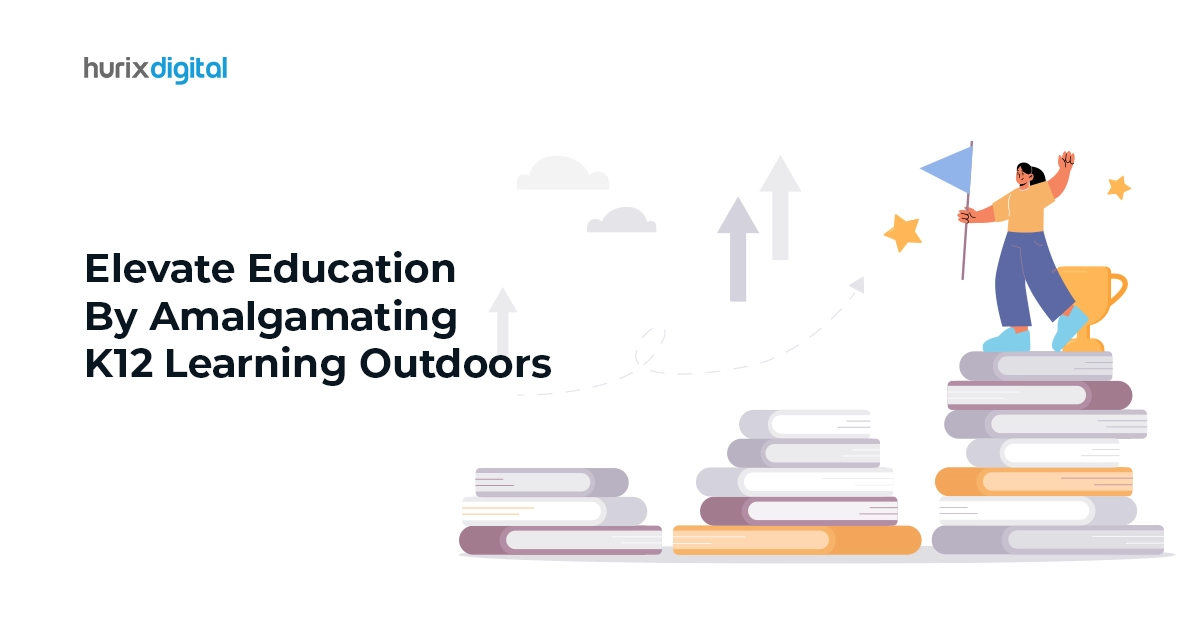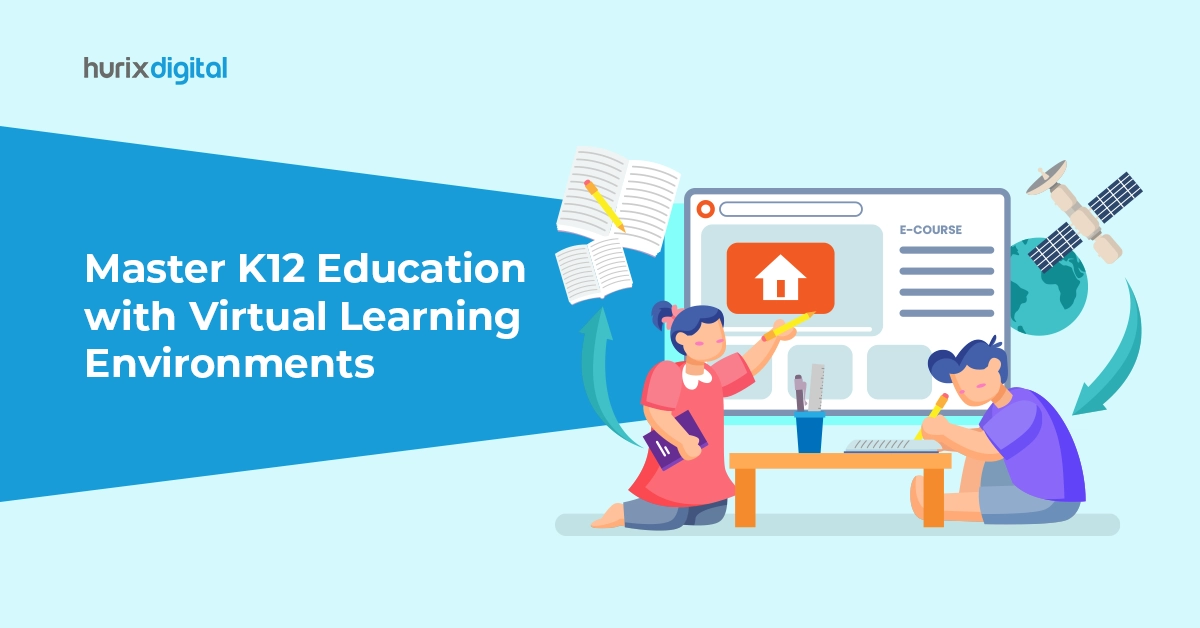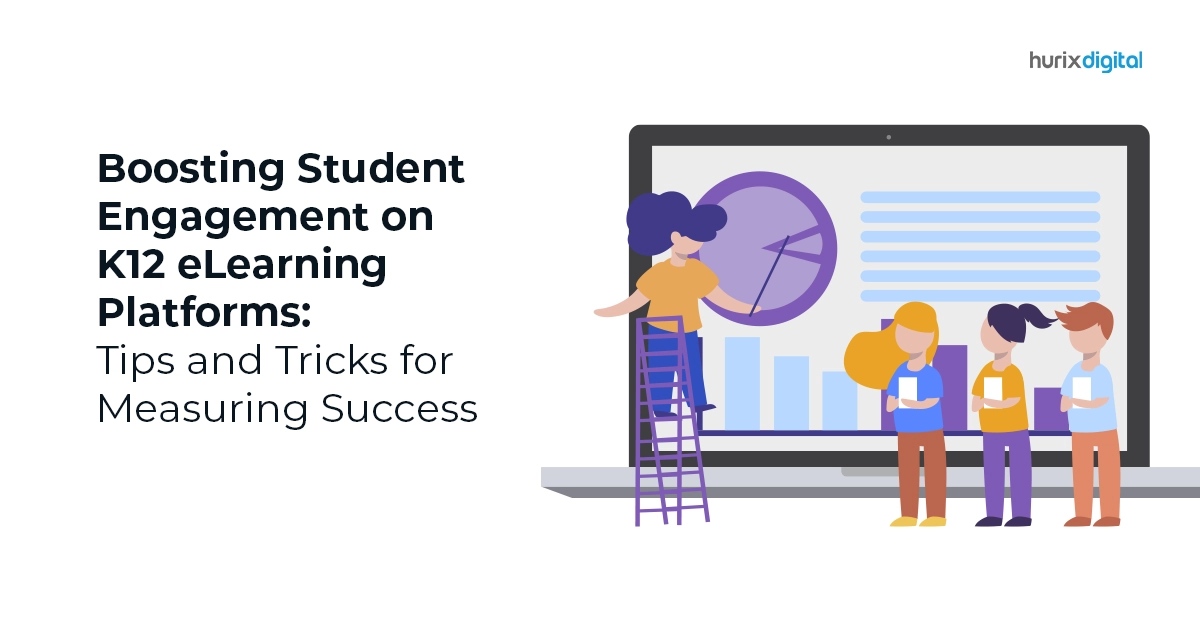In a world driven by innovation and technological advancements, the need for skilled professionals in Science, Technology, Engineering, and Mathematics (STEM) fields has never been greater. The U.S. Bureau of Labor Statistics projects that STEM jobs will grow 11% by 2031, two times faster than the average for all occupations.
Recognizing this, K12 education is witnessing a paradigm shift, placing greater emphasis on engaging and immersive STEM learning experiences. But what exactly is K12 STEM learning, why is it crucial, and how can you make it a reality in your classroom or home?
Let’s embark on a journey to explore this exciting educational frontier.
Table of Contents:
- What is K12 STEM Learning?
- Why is K12 STEM Education Essential?
- Beyond the Classroom: Engaging Activities to Ignite Passion
- Challenges in Implementing K12 STEM Learning
- Empowering K12 STEM Learning: A World of Opportunities Await
- Wrapping Up
What is K12 STEM Learning?
K12 STEM Learning refers to education programs that are focused on the disciplines of science, technology, engineering, and mathematics (STEM) for students in kindergarten through 12th grade. The main focus of these programs is to help students build skills and knowledge in these technical areas, preparing them for careers in STEM-related fields.
These programs often implement various methods, such as hands-on and project-based learning, to build a strong foundation in research and scientific literacy that will enable them to apply theoretical knowledge in real-world scenarios.
Also Read: Top 9 Steps to Create Interactive K12 Learning Modules
Why is K12 STEM Education Essential?
Picture this: a world where critical thinking and problem-solving are second nature, where creativity fuels innovation, and where collaboration leads to solutions for global challenges. That’s what K12 STEM education paves the way for, equipping students with the skills they need to not just navigate but shape the 21st century.
The benefits of K12 STEM initiatives are multifaceted and undeniable. Studies show that students engaged in STEM subjects:
- Develop critical thinking and problem-solving skills: Students learn to analyze, question, and creatively approach complex challenges, a valuable asset in any career path.
- Boost creativity and innovation: STEM education fosters a hands-on, exploratory environment that encourages students to think outside the box and come up with innovative solutions.
- Enhance communication and collaboration skills: Working in teams on projects and experiments builds communication skills and fosters teamwork, crucial for success in the modern workplace.
- Increase academic achievement: Studies reveal a positive correlation between STEM engagement and improved performance across all subjects, not just STEM fields. Students gain proficiency in using technology to research, analyze data, and communicate effectively.
- Prepare for future careers: With STEM jobs projected to grow at a significantly faster rate than non-STEM jobs, equipping students with these skills opens doors to a wider range of career opportunities in high-demand fields.
Beyond the Classroom: Engaging Activities to Ignite Passion
K12 STEM programs thrive on interactive and engaging activities that spark curiosity and ignite a passion for exploration. Dive into the thrill of robotics challenges, witness the magic of science fairs, and embark on citizen science quests that make a real difference.
Here are some ideas to get you started in integrating STEM in education:
- Hands-on experiments and projects: Build a potato battery, design a miniature bridge, or dissect a flower—these activities make learning tangible and memorable.
- Field trips and guest speakers: Visit museums and science centers, or invite experts to share their real-world experiences and ignite students’ imaginations.
- Coding and robotics: Introduce students to coding languages and robotics platforms, allowing them to build robots and program them to perform tasks.
- Citizen science projects: Encourage students to participate in ongoing research projects, contributing to real scientific discoveries and understanding the impact of their work.
- Online resources and games: Utilize interactive websites, educational apps, and gamified learning platforms to make learning fun and accessible.
Challenges in Implementing K12 STEM Learning
The path to STEM mastery isn’t paved with robots and rockets alone. While the K12 STEM education benefits are undeniable, the hurdles require creative solutions to unravel every child’s STEM potential. After all, even the highest peaks can be scaled with the right tools.
Here are the challenges:
- Teacher preparedness: Lack of access to quality STEM education and resources for teachers can pose challenges in effectively implementing STEM curriculum for schools.
- Limited resources: Budget constraints and a lack of access to technology can hinder schools from creating engaging and immersive STEM learning environments.
- Gender and equity gaps: Stereotypes and societal biases can discourage girls and students from underrepresented communities from pursuing STEM careers.
Overcoming the Hurdles: Innovative Approaches to K12 STEM Learning
Ditch the textbooks and embrace hands-on projects, technology-fueled exploration, and real-world connections. Let’s empower educators and nurture curiosity so every student can thrive in the world of STEM. Get ready to witness classrooms transformed into vibrant hubs of innovation.
- Project-based learning: Engaging students in real-world projects that apply STEM concepts fosters critical thinking, teamwork, and problem-solving skills.
- Inquiry-based learning: Encouraging curiosity and questioning allows students to actively construct their understanding of scientific phenomena.
- Technology integration: Utilizing interactive tools, simulations, and virtual reality platforms enhances engagement and brings STEM concepts to life.
- Collaboration and partnerships: Partnering with universities, research institutions, and industry professionals provides valuable resources and mentorship opportunities for students.
Empowering K12 STEM Learning: A World of Opportunities Await
Every child has the potential to become a future innovator. Hurix Digital offers a comprehensive suite of digital learning solutions designed to make K12 STEM learning engaging, effective, and accessible for all. Our platforms feature:
- Interactive simulations and virtual labs: Students can explore complex concepts and conduct experiments in a safe and engaging virtual environment.
- Personalized learning pathways: Adaptive learning algorithms tailor the learning experience to each student’s individual needs and pace.
- Real-time data and analytics: Educators gain valuable insights into student progress and identify areas for improvement.
- Collaborative learning tools: Students can work together on projects, share ideas, and learn from each other in a virtual classroom environment.
Wrapping Up
K12 STEM learning is not just a trend; it’s a revolution in education, preparing our future generation for a world brimming with possibilities. Whether you’re an educator, parent, or student, there’s a role for you to play. Start by exploring the resources available, embracing hands-on activities, and advocating for STEM education in your community.
Hurix Digital is your partner in this exciting journey. Visit us to learn more about our innovative solutions and discover how we can empower you to ignite the spark of curiosity and innovation in every child. Together, let’s build a future where STEM education is not just a privilege but a reality for all.
Get in touch to know more!


